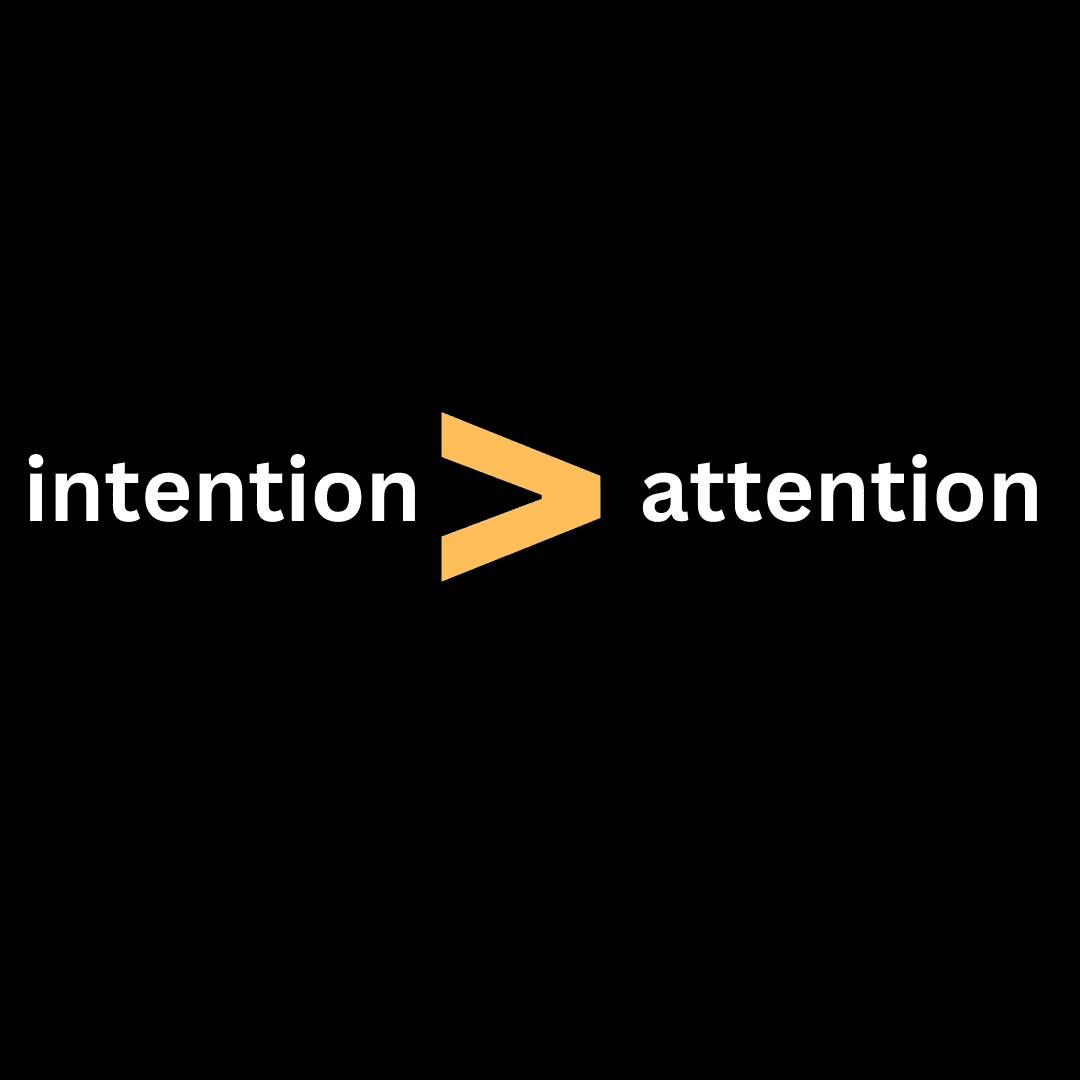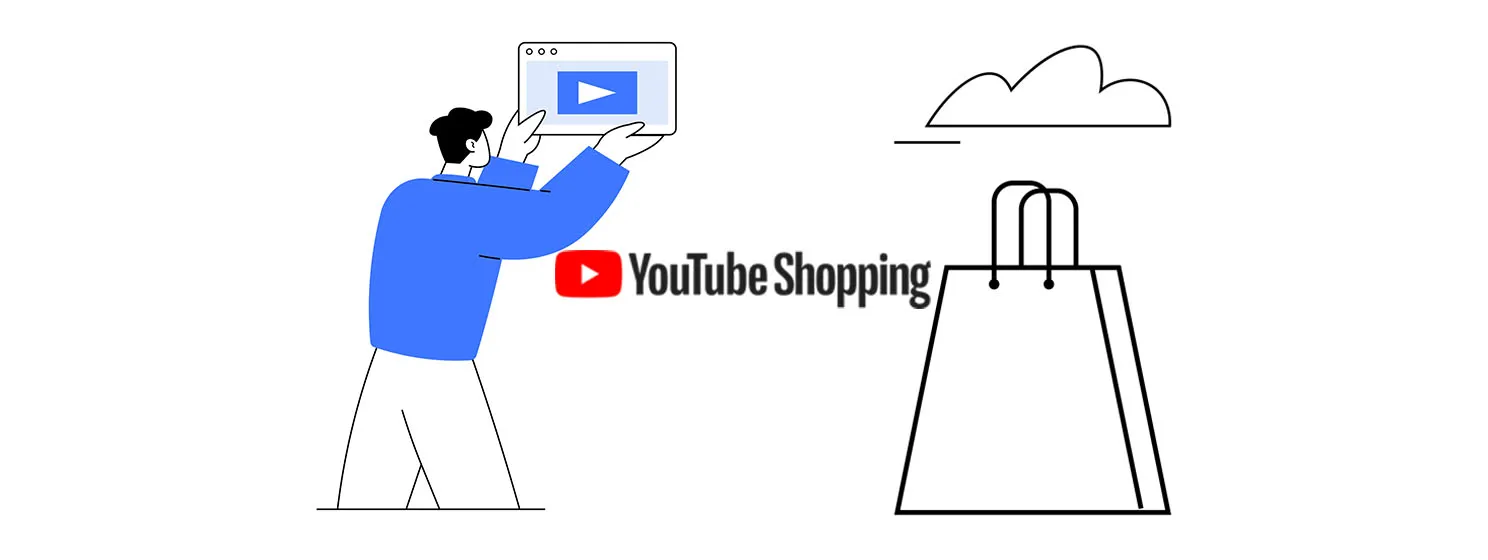|
Getting your Trinity Audio player ready...
|
This post was first published on Medium, and we republished with permission from its author, Zachary Weiner. Follow Zach on X.
This transition heralds the rise of what’s termed the “intention economy,” a shift from our current “attention economy.”
Overview
The introduction of the ‘Ordinals’ protocol by Casey Rodamor to Bitcoin in February 2023 marked a paradigm shift in the way data is treated in the digital realm. A satoshi is the smallest fraction of a Bitcoin. Until Ordinals, every satoshi was exactly equal to every other satoshi.
By providing every satoshi with a unique number and allowing it to carry a bit of data, Bitcoin effectively transformed from a cryptocurrency to a platform for anchoring data in an immutable way. This transition heralds the rise of what’s termed the “intention economy,” a shift from our current “attention economy.”

Attention vs Intention Economies
In today’s digital age, our attention has become a highly coveted resource. Termed the “attention economy,” this paradigm sees companies and content creators competing fiercely for the limited attention spans of internet users. They entice, allure, and sometimes even manipulate users, ensuring their content or platform remains in the spotlight. This economy thrives on likes, shares, clicks, and views. However, like any system, it’s not without its flaws. Amidst the cacophony of notifications causing us to refresh the feed, we often find ourselves overwhelmed, constantly distracted, and rarely deeply engaged. Information is consumed, but not always internalized; interactions often lack depth and meaning.
Enter February 2023, and the world of cryptocurrency offers a solution that promises to reshape this landscape. Bitcoin, already a disruptor in the financial sphere, revealed the ’Ordinals’ protocol. This innovative approach gives a unique number to every satoshi, tracing its journey across the network, and, most intriguingly, allowing it to bear a snippet of data. This isn’t just a technical upgrade; it’s a philosophical shift. We stop being players in an economy that demands our attention—we are now stepping into an era where every digital interaction is rooted in intention, purpose, and significance. As we transition from the attention economy to the “intention economy,” we’re poised to experience a transformation that could redefine our digital experiences.
The Attention Economy: A recap
At its core, the attention economy can be defined as a marketplace where human attention is treated as a precious commodity. It’s an environment where content, services, and products are designed primarily to capture and retain the attention of users. In this realm, our gaze, our clicks, and the time we spend are all up for grabs and can be monetized.
Characteristics of the Attention Economy:
- Quantifiable Attention: Everything is measured in terms of views, likes, shares, and the time spent on platforms.
- Personalization: Algorithms tailor content specifically to user preferences to keep them engaged longer.
- Endless Streams: Platforms provide infinite scrolling, autoplay features, and frequent notifications to keep users hooked.
The role of key players:
- Social Media: Platforms like Facebook (NASDAQ: META), X (formerly Twitter), and Instagram have mastered the art of keeping users engaged. Through a cocktail of personalized feeds, notifications, and the dopamine rush of social validation, they ensure users stay on their platforms for extended periods.
- Online Advertising: In the attention economy, advertisers don’t just sell products; they sell attention. The more eyes they can draw to an ad, the more valuable it is. This has led to the rise of invasive ad formats, re-targeting strategies, and psychological tactics to keep users clicking.
- Content Platforms: Websites like TikTok or YouTube churn out content at an astonishing rate, ensuring there’s always something new to consume. Their content strategies are often driven by what’s trending or viral rather than its intrinsic value.
Challenges in the Attention Economy:
- Information Overload: With the sheer volume of content available, users often find themselves overwhelmed, leading to decision fatigue and a paradox of choice.
- Clickbait Culture: In a bid to capture fleeting attention spans, many creators resort to sensationalized headlines, misleading thumbnails, or exaggerated content. While this might lead to an initial click, it erodes trust over time.
- Shallow Engagement: While metrics like views or clicks might be high, they don’t always translate to deep engagement or meaningful interactions. Users might skim through content, not truly absorbing or reflecting on the information presented.
In the midst of these challenges, it becomes clear that the attention economy, while successful in capturing our gaze, often falls short in providing genuine value or fostering meaningful connections.
To summarize: In the attention economy, users grapple with information overload and the prevalence of misleading clickbait, leading to fleeting interactions that often lack depth or genuine engagement.
Introducing the Intention Economy
The intention economy represents a paradigm shift from simply capturing user attention to understanding and serving their intentional actions. Here, the focus isn’t just on what users are looking at, but why they are engaging with it.
Definition and core principles:
- Purpose-Driven Interactions: Every action in the digital space, be it a click, share, or transaction, is anchored in a specific purpose or intent.
- User Sovereignty: Users have increased agency over their data, determining how and why it’s used, leading to more transparent and consensual data exchanges.
- Value-Centric: Unlike the attention economy, where sheer engagement is the goal, the intention economy values meaningful exchanges, ensuring both parties derive tangible benefits from interactions.
Bitcoin’s Ordinals facilitating the Intention Economy:
- Data Anchoring: By allowing each satoshi to hold a snippet of data, users can now attach intent or purpose to their digital transactions. This transforms Bitcoin from just a currency to a platform for purposeful, meaningful exchanges.
- Immutability: Bitcoin’s blockchain ensures that once an intention is anchored, it’s there permanently. This gives a sense of gravity and permanence to every digital action, emphasizing its significance.
- Decentralization: The decentralized nature of Bitcoin ensures that users’ intentions aren’t controlled or manipulated by central entities, giving rise to a more genuine, user-driven digital landscape.
Transitioning from Passive to Purposeful: The shift to the intention economy will reshape our online behaviors. Users will not be incentivized to mindlessly scroll through feeds or click on sensational headlines. Instead, they’ll seek out content and platforms that align with their personal, professional, or ideological intents. Passive consumption gives way to proactive exploration, where users are not just consumers but contributors to a purposeful digital ecosystem.
In essence, the intention economy promises a future where our online actions carry weight and meaning, fostering a more engaged, purposeful, and valuable digital experience.
How will this shift shape the digital landscape?
The growth of the intention economy promises not just a shift in user behavior, but a profound transformation in the very fabric of the digital market.
Decentralization and Democratization have long been lauded as the ideals of the digital realm, but they’ve been elusive. As the intention economy rises, we’re moving closer to these aspirations. It’s not about a few centralized entities hoarding power and data; the playing field is leveling. Enhanced transparency ensures users aren’t passive spectators but informed participants. This heightened clarity of digital actions allows for a more democratic digital landscape where trust isn’t just expected—it’s a given.
Advertising, the juggernaut of the digital world, is poised for a Redefining Moment. The days of casting wide nets in hopes of catching a few relevant eyes are dwindling. In the intention economy, advertising will become a tailored experience. Mass marketing campaigns will give way to personalized, intention-driven strategies, where advertisers understand and cater to the specific desires and needs of their audience. It’s a shift from quantity to quality, from shouting in a crowded room to a meaningful one-on-one conversation.
The intention economy also beckons New Business Models. The existing structures, primarily built on advertising and broad engagement metrics, will have to evolve. We’re likely to witness the rise of microtransactions, where small, purposeful interactions carry monetary value. Additionally, businesses will pivot to offer intention-based services, creating platforms and tools that prioritize and facilitate genuine user intents.
Perhaps the most profound impact will be the Enhanced User Agency. In the attention economy, the user was often at the mercy of platforms, with their data being the product. The intention economy inverts this dynamic. Now, individuals not only have more control over their data but also dictate its purpose and usage. It’s a return of power to the individual, ensuring their place not just as consumers but as valued stakeholders in the digital realm.
In totality, the impacts on the broad market suggest a more equitable, intentional, and meaningful digital future, with businesses and users alike benefiting from this new paradigm.
What does that mean for you?
The metamorphosis from the attention economy to the intention economy holds profound personal implications. The online realm, where many of us spend hours each day, is being reshaped, and with it, our very experiences as digital citizens.
Imagine a world where every online action you take, from the simple act of liking a post to the more complex decision of making a purchase, is a statement with intention. This is the promise of Meaningful Digital Interactions in the intention economy. You don’t have to be passively scrolling or impulsively clicking. Each action is a testament to a specific intent, a purposeful decision that signifies your personal beliefs, desires, or goals. It’s like moving from a noisy market square, where everything vies for your attention, to a serene sanctuary, where each element serves a specific purpose in your journey.
But the implications go beyond just the nature of interactions. We’re witnessing a seismic Shift in Power Dynamics. The digital space, historically dominated by a handful of tech giants, will witness an empowerment of its primary occupant: the individual user. In the intention economy, you, the user, are no longer just a data point in an algorithm. You’re the orchestrator, dictating the terms of your data’s usage, its purpose, and its value. It’s a democratization of the digital experience, placing the power back into the hands of its rightful owner.
A more intentional digital footprint also paves the way for Personal Growth and Learning. As the fluff of clickbait and passive content fades away, what remains is a curated digital realm that aligns with individual purposes. Many will find themselves naturally gravitating towards more educational or growth-oriented content. Instead of the mindless consumption of the latest viral sensation, users might invest their time in online courses, insightful articles, or engaging discussions that align with their personal or professional aspirations.
In essence, the transition to the intention economy heralds not just a change in the nature of our digital interactions but a profound evolution in the very essence of our online existence. It offers a promise of a digital world where actions are purposeful, interactions are meaningful, and the individual is both the protagonist and the custodian.
Challenges of the Intention Economy
The intention economy, while promising a redefined digital landscape, isn’t without its share of challenges. As with any transformational shift, there are technical, social, and economic obstacles that must be navigated for its full potential to be realized.
Initially, there are some Technical Hurdles to be overcome. Think about the immense responsibility of managing and scaling the vast amounts of anchored data. Each satoshi in Bitcoin’s Ordinals protocol holds a snippet of intention, and as the number of these intentions grows, so does the complexity of handling them. Ensuring seamless integration, accessibility, and security of this data becomes paramount. But this isn’t just about storage; it’s about creating robust systems that can interpret, manage, and act upon these intentions efficiently, preserving their integrity and relevance over time.
Next, there are the Social Challenges. The attention economy didn’t blossom overnight; it’s the culmination of years of evolving user behavior, business models, and technological advancements. Overcoming its inertia and steering individuals towards a new way of digital interaction is like convincing a population accustomed to propeller planes to transition to jet engines. The advancements are clear and promise to soar higher and faster, but the transition requires re-calibration, understanding, and trust.
Lastly, the Economic Implications are profound. The current digital market, with its sprawling ad networks, content platforms, and e-commerce giants, is deeply entrenched in the attention economy model. For these businesses, the shift to an intention economy isn’t just about adapting to a new model; it’s about survival. Many companies have built empires on the pillars of user attention. As these pillars are redefined or, in some cases, dismantled, these businesses will face existential challenges. They’ll need to reevaluate their strategies, realign their goals, and, in some cases, reinvent themselves entirely. This transition phase could be turbulent, with market shakeups, business closures, and the emergence of new industry leaders.
In wrapping up, while the intention economy holds the potential to reshape our digital world for the better, its path is strewn with challenges. How we navigate these challenges will determine not just the success of this new economic model but the very future of our digital lives.
Wrapping up
The digital realm, for much of its existence, has been dominated by the attention economy—a landscape where content and platforms clamored for fleeting moments of user attention, often sacrificing depth for sheer visibility. This model, driven by social media, advertising, and content platforms, has been plagued with information overload, a culture of clickbait, and transient engagements.
These problems define the need to shift toward an intention economy, which places the ‘why’ of our digital actions at its heart. This isn’t about attention alone; it’s about purposeful, meaningful interactions. Bitcoin’s ordinals protocol, with its ability to anchor data to specific satoshis, serves as a potent facilitator, moving us from passive consumption to intentional digital exchanges.
This transition carries profound market implications, altering the very fabric of our online interactions. Decentralization and democratization find themselves at the forefront. Advertising, once a game of numbers, is becoming an intimate dance of relevance and intent.
The rise of microtransactions and intention-based services is a major opportunity for new, innovative business models, changing how value is created and exchanged online.
For the individual, this means deeper, more valuable digital experiences. Each like, share, or purchase carries weight and significance. The power dynamics are shifting, with users regaining control over their data and its usage. And as the clutter of the attention economy fades, individuals find themselves gravitating towards content that fosters personal growth and learning.
Yet, like any evolutionary process, challenges abound. The technicalities of managing massive amounts of intention data, the societal task of reshaping ingrained online behaviors, and the economic upheaval as businesses transition from the old to the new, all stand in the way as small hurdles and mountains.
In essence, the intention economy is more than just a new way of doing business or a novel protocol; it’s a vision of a digital future that’s richer, more equitable, and deeply connected to our individual and collective purposes. As we stand on the cusp of this new era, there’s a palpable excitement about the possibilities it unveils, promising a digital realm that’s not just about where our eyes wander but where our hearts and minds truly lie.
Watch: Bitcoin is rooted in economics

 08-29-2025
08-29-2025 





